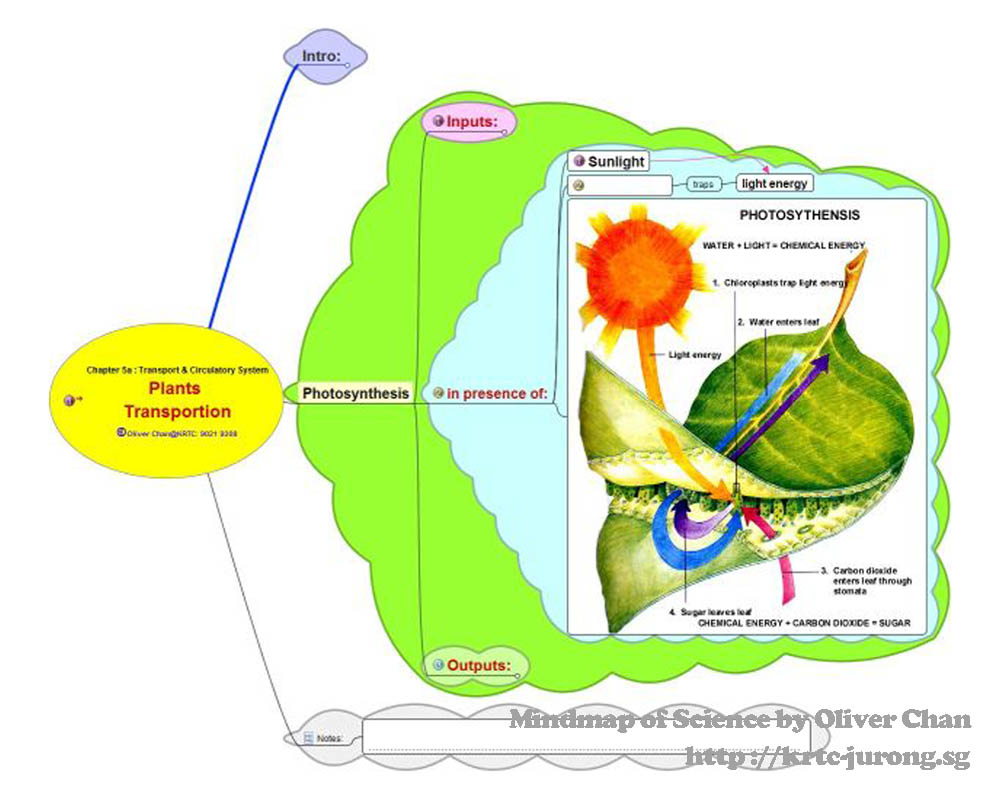(How to) Describe Action(s)?
Actions are the life blood in story writing. It need not be action-packed from paragraph to paragraph, but what the characters do must be consistent with the composition topic and serve as linkages which must be logical and lead to a satisfying conclusion. Writers use figurative language by incorporating the correct forms of verbs, adjectives and adverbs in grammatically structured sentences. Better writers would also include similes, idioms and proverbs to spice up the actions and entertain the reader.
Consider these examples :
– two angry boys grabbing and tugging at each others’ already torn and tattered shirt
– leaping two steps at a time, he fell clumsily like a log, landing in a twisted heap at the bottom of the stairs
– walked menacingly towards her, inching closer every minute and sending a cold shiver down her spine
– roared with laughter until their bellies ached, unable to stop wiping away the tears which had turned their vision blurry
– struggling on all fours, he lifted himself up ignoring that throbbing headache only to collapsed back into his pool of disgusting vomit
– kicking the door open in one swift movement, a sharp pain shot through his ankle but the bloody mess and chaos he saw up close shocked him to the core
Further Reading:
(i)Introduction
(ii) Describe the Scene
(iii) Describing People (Characters)
(v)Dscribing Feelings (Emotions)
(vi)Using Dialogues
(vii)Be Different (Beginning & Ending)
(viii)Detecting Errors (Nothing Is Perfect)
(ix)Conclusion
Mr. James Chow (Nov 2013)
English Tutor
Kent Ridge Tutors @ Jurong
For more information, please contact us via
Jurong West Branch (KRTC@JW)
Email : jurongwest@krtc.com.sg
Hotline : (+65) 6397 0444


